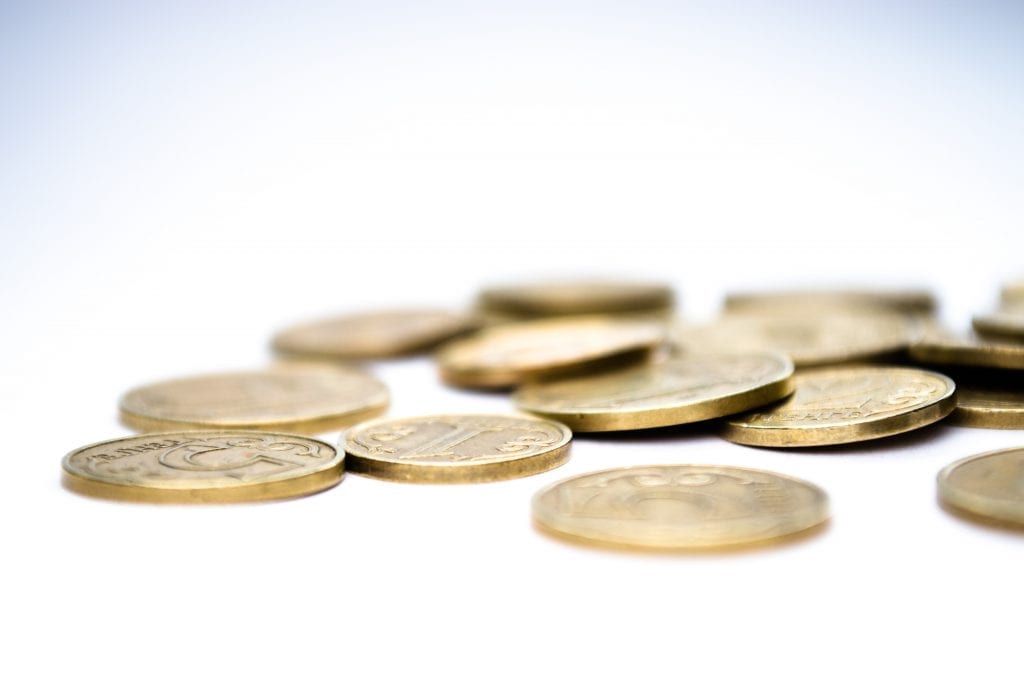- browse by category
- Audit Assistance
- Business and Taxes
- Celebrities in Tax Debt
- Cryptocurrency Taxes
- Economic News
- Foreign Banking
- Innocent Spouse
- IRS debt settlement
- IRS Headlines
- IRS Wage Garnishment
- Marriage & Divorce
- Payroll Tax
- Retirement
- Revenue Officers
- State Tax Headlines
- Stop IRS Debt
- Success Stories
- Tax and Politics
- Tax Attorney
- Tax Codes
- Tax Debt Help
- Tax Evasion
- Tax Levy
- Tax Lien
- Tax Payment Plans
- Tax Return Filing
- Tax Tips

As the economy shifts around, businesses change, and so do your taxes. As a result, Form 1099-K is showing up more and more in taxpayers’ mailboxes. But what is it for exactly, and how do you use it to file? It’s simple, we promise. Here’s everything you need to know.
Who Receives Form 1099-K
Only a select group receive the 1099-K, although this number is growing – those that had over $20,000 in sales and at least 200 individual transactions processed by a third party. So, Americans that sell vintage pieces on Ebay, custom jewelry on Etsy, and the like. The third party reports the numbers (gross amount of the transactions, with no adjustments) to the IRS, and the IRS sends you the form for your taxes. It’s actually a helpful little piece of paper.
Taxation of Amounts on the Form
When 1099-K debuted in 2011, it was no big deal – but now the IRS is contacting those who don’t report the exact numbers. If you are a sole proprietor, the amount should be reported as income on Schedule C, and it is subject to the self employment tax. Partnerships and corporations would report the amounts in a similar fashion on their returns.
Don’t forget to take deductions as normal, since the 1099-K simply reports the gross amount earned. Finally, keep that bad boy! Scan it, file it, whatever your preference, just in case there is a discrepancy.
Beware: The Smartphone Card Reader
If you use a smartphone card reader, good for you! Just don’t use it for when friends owe you money, because these are nontaxable transactions, and the third party won’t know the difference. Just like you keep your business finances separate from your personal finances in other ways, this is no exception.
The IRS is working hard to accommodate the way businesses work and the 1099-K is a step in the right direction. Now gather your documents, and get ready for tax season.
Leave Comments

Top Tax
secrets revealed
Sign up for our newsletter and be the first to find out when exciting IRS news happens. Yes, exciting. We're really into taxes.


